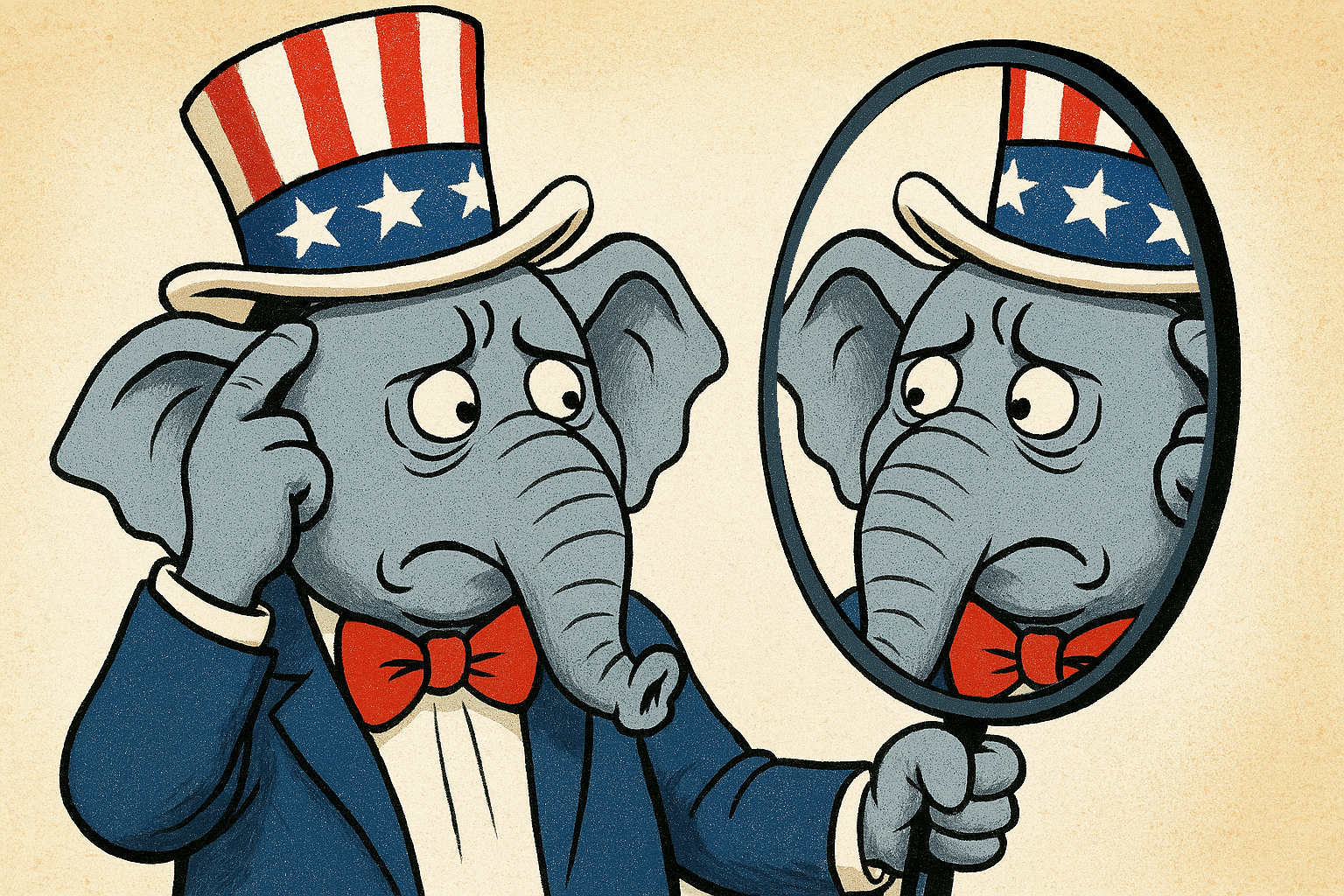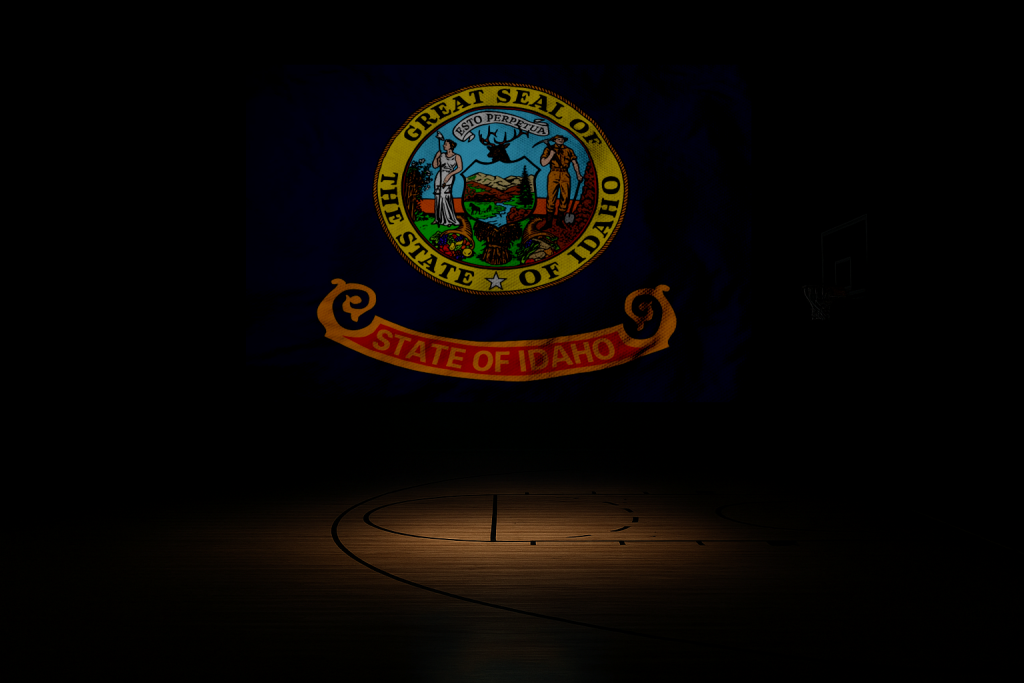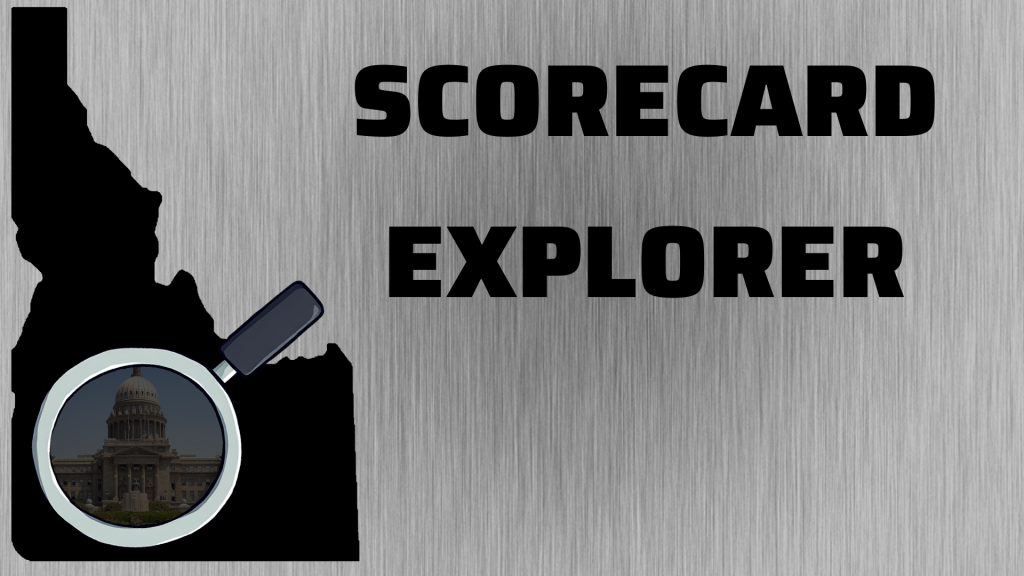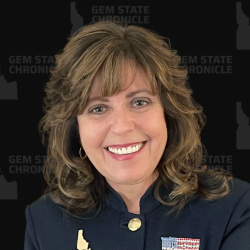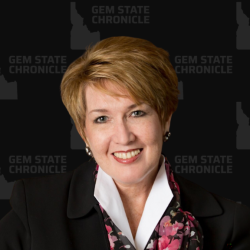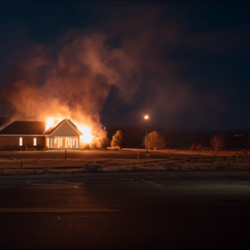We are witnessing a major political realignment unfolding before our eyes. If you had told someone in 2014 that ten years later, Dick Cheney’s endorsed candidate would lose, while Tulsi Gabbard and Robert F. Kennedy would be appointed to cabinet positions, you could be forgiven for assuming a Democrat would be in the White House.
American politics has never been static. Issues come and go, and political parties evolve with the times. I often think about the exit interview former Sen. Chuck Winder gave to the Idaho Statesman nearly a year ago, in which he lamented how the definition of “Republican” had changed since he first entered politics.
Just as our tastes in music often ossify based on what is popular in our teenage years, our conception of political normalcy is shaped by the world as it exists when we come of age. We tend to assume that the political positions in vogue at that time will last forever—and that they were always that way. Yet it’s a mistake to project our own opinions backward.
The Republican Party began in 1854 as a coalition of political figures who opposed the spread of slavery into the territories. In addition to opposing slavery (and polygamy), the original GOP platform of 1856 also called for greater federal investment in infrastructure, including expanding railroads across the continent. This might seem odd to modern small-government conservatives, but 19th-century Republicans inherited ideas of national expansion from the Whigs of the previous generation, whose proposals had been stymied by Jacksonian Democrats opposed to federal spending.
Consider as well that in 1855, the “conservative” position was to maintain the institution of slavery, to keep things as they had always been. Republicans took the more “liberal” position of stopping the spread of slavery, and finally of abolishing it.
By the early 20th century, a strong progressive faction emerged in the GOP, most notably under President Theodore Roosevelt. These progressives believed government could improve Americans’ lives, whether through regulating the meatpacking industry or breaking up monopolies like Standard Oil.
Small-government conservatives existed within the party as well, don’t get me wrong. Calvin Coolidge remains one of our greatest presidents because he recognized that, even during economic downturns, the best course was often to do nothing and let the free market handle itself.
The modern paradigm of liberal Democrats and conservative Republicans solidified during and after the New Deal. Franklin Roosevelt combined progressivism with populism to form a political project that used government not only to regulate the economy but to redistribute resources. Republicans reacted in two ways: Sen. Robert Taft of Ohio opposed the New Deal as government overreach, while New York Gov. Thomas Dewey accepted its popularity with the public and sought only to mitigate its worst excesses.
Both lost the 1948 election—Taft in the primary, Dewey in the general—but Dewey’s faction elevated Dwight Eisenhower to the presidency in 1952. The conservative wing of the GOP began developing not only in opposition to Democrats, but in opposition to what they saw as liberal dominance within their own party, personified by figures like former New York Governor Nelson Rockefeller. William F. Buckley, founder of National Review, promoted intellectual conservatism, while Phyllis Schlafly championed a populist brand.
While Sen. Barry Goldwater was crushed in 1964, his campaign set the stage for Ronald Reagan, who would go on to win two terms as California governor and two as President of the United States. With the GOP winning five of six presidential elections heading into 1992, Democrats pivoted under Bill Clinton toward a more centrist progressivism.
After 2000, both parties shifted left. Bush-era Republicans embraced foreign military adventures, expanded Medicare, and built a security state after 9/11, while Obama-era Democrats embraced radical racial and gender ideologies. Both parties supported increased spending, more immigration, and outsourcing of American manufacturing. Into this environment stepped Donald Trump, embracing a populist conservatism that challenged sacred cows on both the left and right.
All of this is to say that Politics is constantly shifting, and standing still is not an option. It’s no surprise that someone like Chuck Winder, who entered politics in the 1970s, sees a different Republican Party today. But we are not simply along for the ride—we can guide our movement in our preferred direction. That is why, despite my usual frustration with libertarians for not confronting practical political reality, I appreciate them for presenting a vision of what the future could look like.
This came to mind as I read a Substack post Wednesday from Rep. Kent Marmon about what it means to be a Republican. I hope you’ll forgive the historical detour, but I felt it was necessary to establish context when discussing words like “Republican” and “conservative.”
Marmon outlined 13 principles he believes all Republicans should uphold:
There are certain things that people simply expect from their elected representatives who call themselves “Republicans.” People expect:
1. government programs that do not fall into the “proper role of government” be eliminated;
2. the legislature to hold-the-line on spending — not to grow state government spending in excess of population growth or inflation;
3. that government will endorse “personal responsibility” and not more government programs that people come to rely on with hand-outs;
4. that those elected to represent them will preserve, protect and defend the U.S. and Idaho Constitutions;
5. that government will not increase taxes or add more fees, taking away more of the money they need to take care of themselves and their families — money that they work so hard to earn;
6. that government will protect the lives of all Idahoans and Americans, including the lives of the unborn;
7. that government will protect our children from the teaching of radical thought and ideologies;
8. that government will stop the victimization of our children with widely available pornography and obscene materials;
9. that government will not approve of, or legalize currently illegal drugs, including marijuana;
10. that government will work to lower taxes for everyone;
11. that government will protect state sovereignty;
12. that government will provide for educational choice so that parents can determine what education is best for their children; and
13. that the right of every person to make their own medical decisions without influence or regulation by government or anyone else must be protected.
This is a pretty solid list of traditionally conservative positions, one with which I believe few self-described Republicans would disagree. While some terms are subjective—who decides the “proper role of government”?—the principles are straightforward. The devil, as always, is in the details.
I’m sure all Idaho Republicans would say that upholding our state constitution should be a priority. Yet there are many constitutional provisions that came out of the Progressive Era, such as requiring a public school system, which some conservative Republicans believe should be dismantled. A lot of conservatives therefore support programs like the Parental Choice Tax Credit, which allows families who might not otherwise afford private or alternative schools to exit the public system. Still, other conservatives see this as a government handout or as government intrusion into private or homeschool systems.
Ask a dozen Republicans how to interpret and implement the Idaho Constitution and you’ll likely get a dozen different answers.
Many Idaho Republicans point to the Idaho GOP Platform as the ultimate litmus test of who is—or is not—a Republican. Of course, our platform changes every two years, and because of the timing of state conventions, it is amended after the May primary. One could conceivably run for legislative office and become the Republican nominee after signing onto the platform, only to see it changed before the general election.
As secretary of the Platform Committee at the last convention, I had a front row seat to the debate over various planks. The convention adopted a platform plank opposing government funding for higher education, intended as a statement against the Launch Grant. Sen. Kevin Cook, a delegate on the committee, pointed out that state schools such as Boise State University and the College of Southern Idaho rely on taxpayer funds. Perhaps they shouldn’t—but should we censure any Republican who votes for higher education budgets next year because it’s now contrary to the platform?
If a moderate or even liberal faction won enough delegate seats to swing the convention toward a more moderate or even liberal platform, would conservatives still hold it aloft as the definitive litmus test? Of course not. The platform is a statement of our principles, but it is not their ultimate source. Neither is the Idaho Constitution. Both are based on timeless ideas.
When I look around at the Idaho GOP, I see many different people, factions, and ideas:
- I see a lot of Bob Tafts—hardline conservatives who believe the GOP’s only problem is that it isn’t hardline enough, and that a silent majority remains ready to support the most conservative policies.
- I see a lot of Thomas Deweys—people with a conservative ideology who also recognize voter demand for certain government programs and argue that Republicans are better equipped to manage these programs responsibly.
- There are a few Nelson Rockefellers too, who seem more at home with liberal Democrats than conservative Republicans. In a red state like Idaho, it’s expected that ambitious progressives will don the elephant jersey in hopes of attaining political power.
The distinction between the Bob Taft and Thomas Dewey factions is one of practicality, while the Rockefeller faction differs primarily by ideology. As I wrote Tuesday, organizations representing each faction use their resources to convince voters to support their candidates, but ultimately it’s up to the voters to decide the direction they want.
One thing all sides like to do is define themselves as the true Republicans, casting everyone else as imitators or fifth-columnists. Taft Republicans see both Deweys and Rockefellers as RINOs—Republicans In Name Only. On the other hand, the Rockefellers see the Tafts as radical right-wing extremists who do not represent historically Republican positions. The GOP, by its very nature as a grassroots organization, does not have a central authority to determine who may call themselves a Republican. Two years ago, the Bonneville County GOP censured several legislators for allegedly departing from the Idaho GOP Platform. Voters responded not by rejecting the legislators, but by ousting the precinct committeemen who voted for the censure.
What does that tell us?
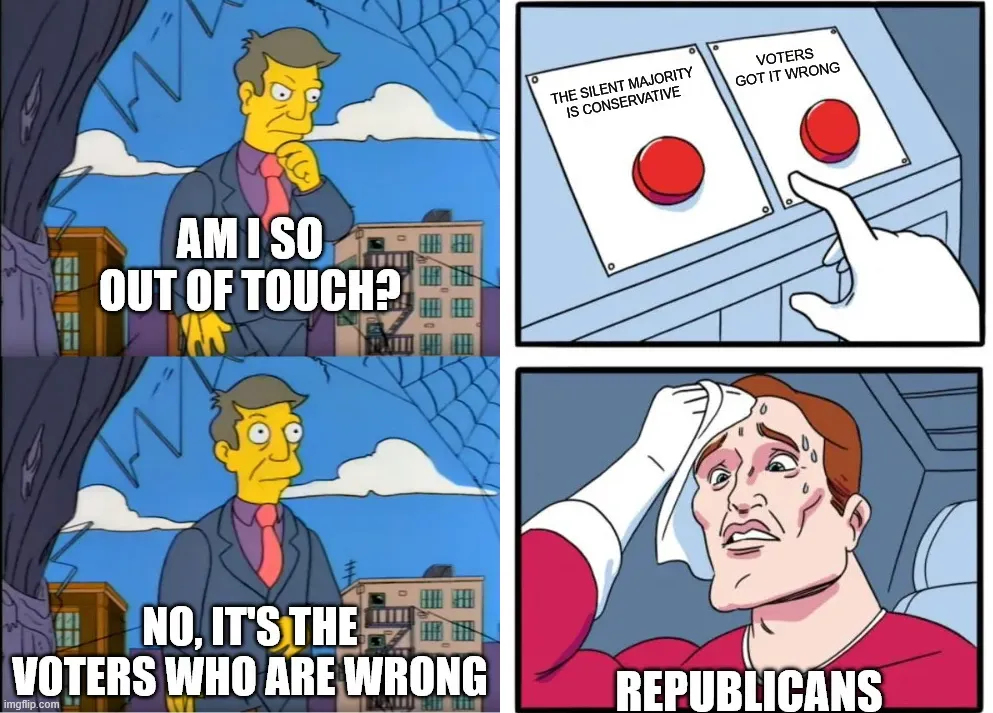
Party labels tend to shift with the wind. In 1910, most progressives were Republicans; today, self-described progressives are Democrats. In 1835, the small-government, states’ rights party was the Democrats; today, that mantle belongs to the GOP. Arguing about who is really a Republican matters less than asking who is grounded in the timeless principles of freedom, dignity, and responsibility, and has the knowledge and experience to put those principles into practice.
I don’t believe most voters are persuaded by rhetoric that leans on the “RINO” label. Nor do I think many are swayed by handing out pocket copies of the Idaho Constitution, Bastiat, or Mises. Most voters simply aren’t that into politics—they care primarily about providing for their families and living in a safe and prosperous community.
The challenge for conservative Republicans is figuring out how to meet those needs from a position rooted in time-tested American conservative principles—and how to convince voters that this is the best path forward for our state. It’s a harder sell, for sure. Democrats have an easier path: convincing voters to support endless handouts and identity politics that promise minority groups the chance to take from those they believe have wronged them. The Republican platform emphasizes personal responsibility rather than outsourcing all needs and wants to an all-powerful government.
A citizenry prepared to accept personal responsibility does not arise by default; it is molded by families, schools, churches, entertainment, and other cultural institutions. That means the conservative project must be more than political—it must restore American institutions to their traditional foundations. But that is a much larger topic than one article can cover.
To sum up, the debate over who defines “Republican” and “conservative” will never end. We are in the midst of a political realignment, with the Republican Party shedding some old positions and embracing new ones. Our job is to ensure that the new GOP not only adheres to the time-tested principles of the American founding, English common law, and Christianity, but also translates those principles into political victories and policy wins.
I believe the Idaho GOP is on the right track. Let’s work to keep it that way.
Gem State Chronicle is a reader-supported publication. To receive new posts and support my work, consider becoming a free or paid subscriber.
About Brian Almon
Brian Almon is the Editor of the Gem State Chronicle. He also serves as Chairman of the District 14 Republican Party and is a trustee of the Eagle Public Library Board. He lives with his wife and five children in Eagle.


